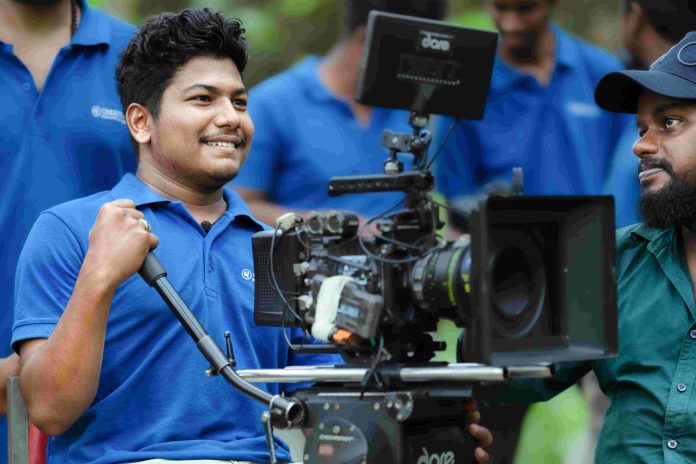Developing Your Refraction Photography Skills: A Glass and Light Adventure
Overview of Refraction Photography
Refraction photography produces striking images by capturing light twisted through different materials. By experimenting with size, perspective, and distortion, this method creates visually arresting and frequently strange pictures.

Unbalanced: The invented view of colors
Comprehending the Science of Refraction
Light bends when it travels through materials like glass and water. The intriguing upside-down images viewed through spherical objects like crystal balls are the result of this bending, or refraction.
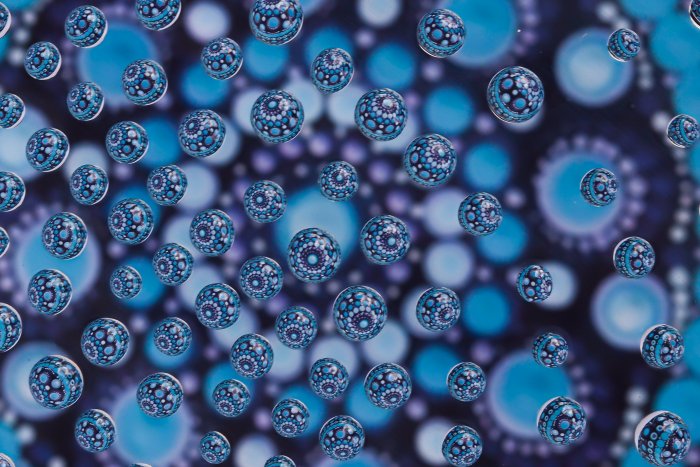
Drop of Beauty: A beautyfull view of colours through drop’s.
Examining the Crystal Ball
Because they provide a fish-eye appearance on landscapes, crystal balls are widely used in refraction photography. The spherical shape gives a fresh take on the familiar by inverting the background.
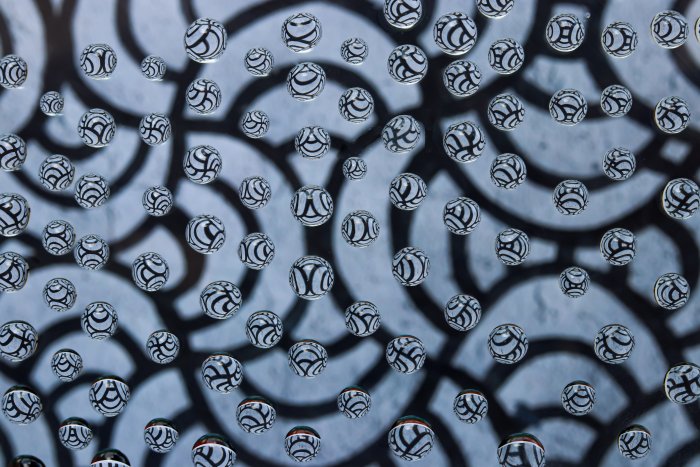
Drop of Lance: A fully focused inverted view through the drops
Exploring the Wonders of Wineglass
Water in a wine glass turns it into a creative lens. Because of its form and the quantity of water, light is attractively bent, enabling photographers to create artistic, distorted shots.
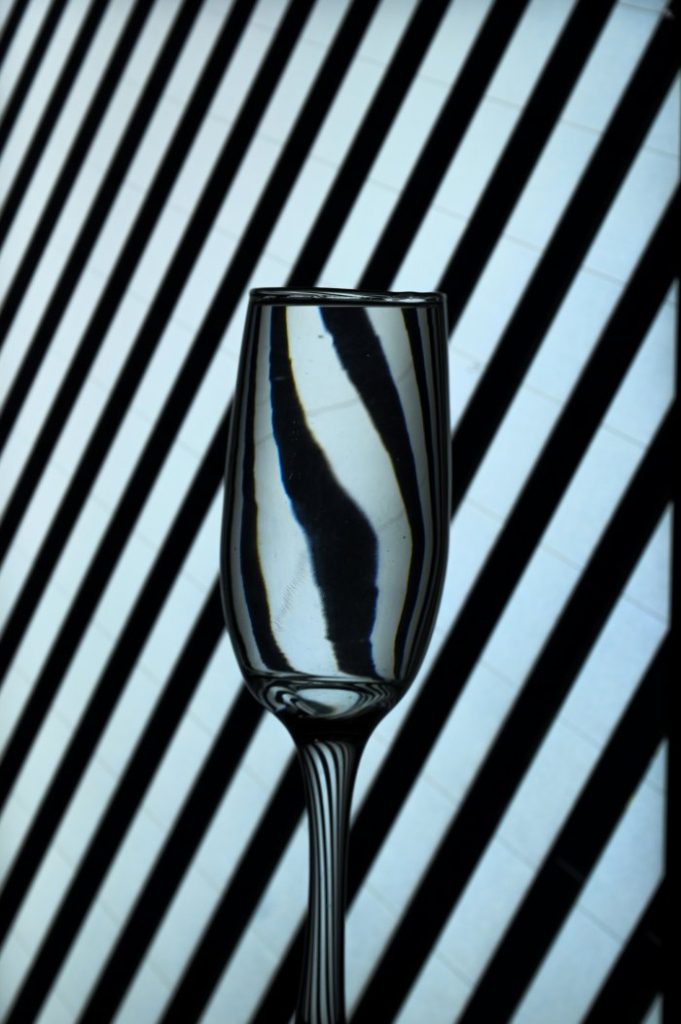
Zig Zag: Upside-down rays
Using Water Drops to Create Magic
Waterdrop creation and photography are a combination of science and art. Every drop functions as a lens, presenting a distorted, tiny picture that invites exploration of a whole new world.
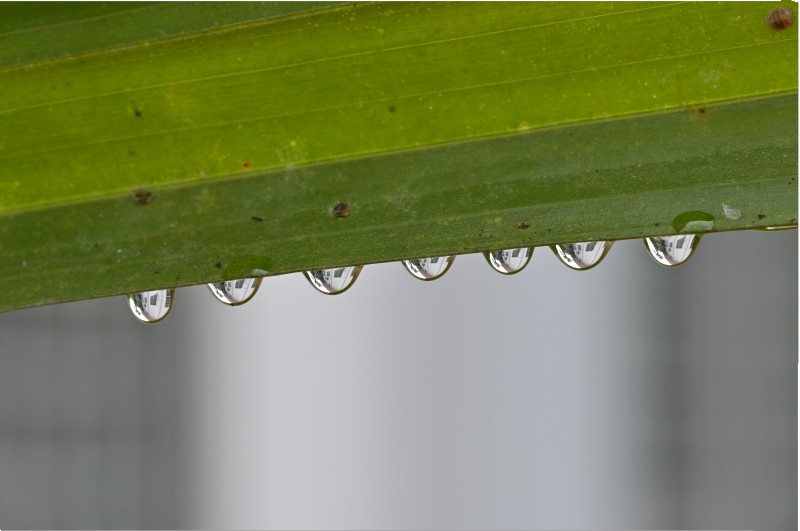
Concluding Refraction’s Artistic Potential
Photography captured through refraction is proof of the power of perspective and light. Through knowledge of and experimentation with various media, photographers may turn everyday scenes into remarkable visions.
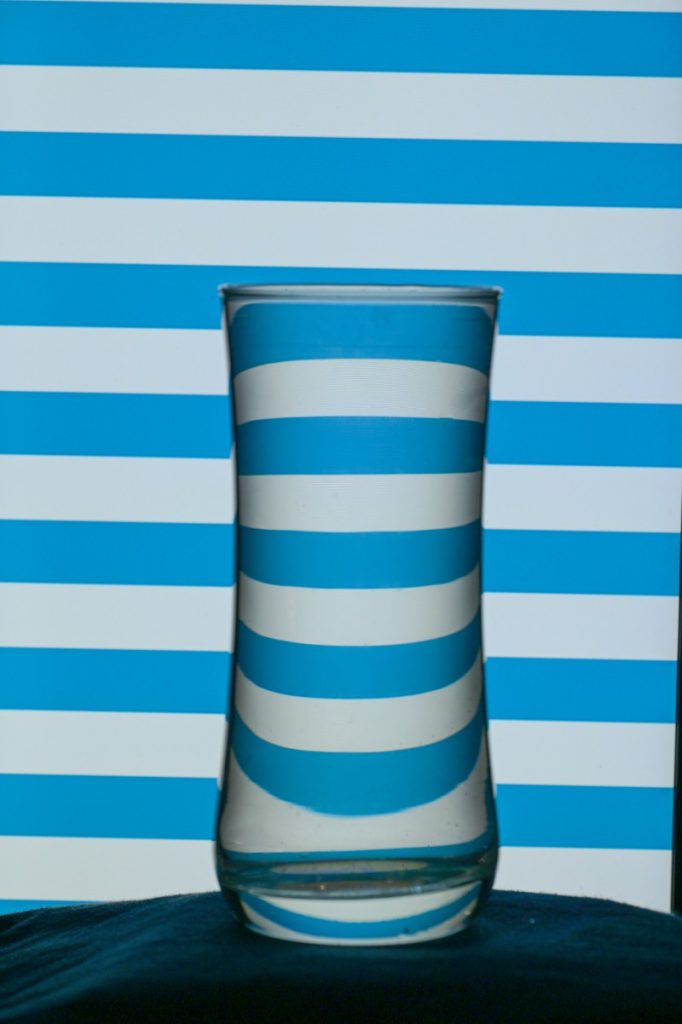
Zig Zag: Upside-down rays
Copyrights:
All the photos and text in this post are copyright of Sanal Sunny , Thrissur Creative Hut Institute of Photography and Film .Their reproduction, full or part, is forbidden without the explicit approval of the rightful owners.


